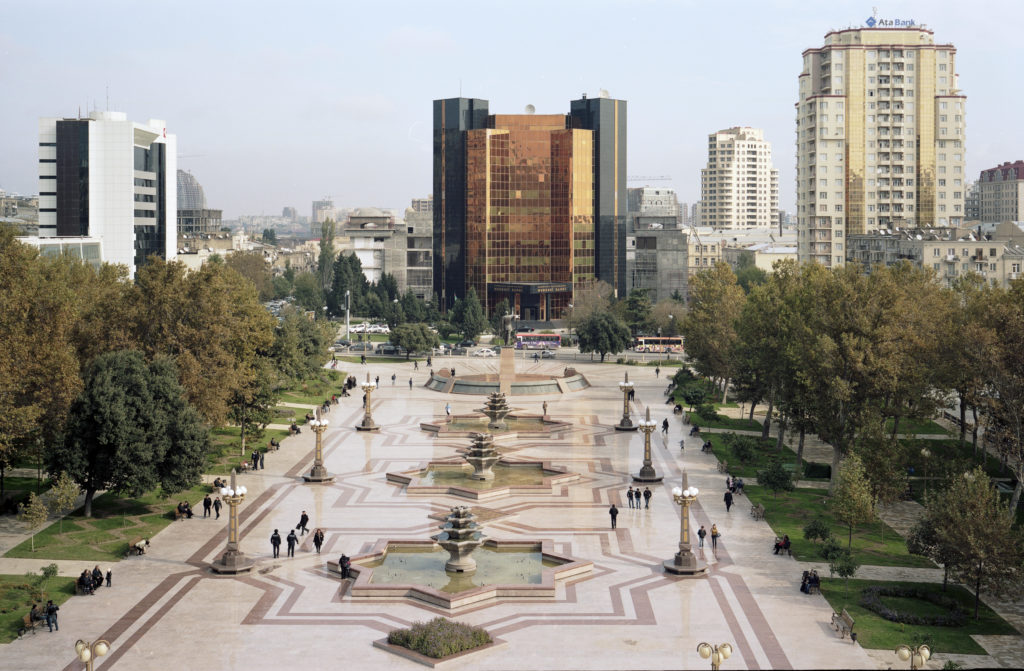BAKU
Azerbaijan’s central bank raised its key refinancing rate to 7.25 percent from 7.0 percent, amid accelerating inflation globally and a decrease in demand domestically.
The bank raised the upper level of the rate corridor to 8.25 percent from 8.0 percent, while the lower level remained unchanged – at 6.0 percent.
The central bank had kept the rate unchanged since December 2020, when it cut 25 basis points from 6.50 percent. In September the bank raised the rate to 6.50 percent from 6.25 percent, the first rise in five years and raised it again in November to 7.0 percent.
Consumer prices in Azerbaijan rose by 1.5 percent in November month-on-month after rising 1.6 percent in October. Annual inflation in November was 6.2 percent, up from 5.7 percent in October this year.
Annual inflation might be higher in 2021 than an initial forecast of 4.9 percent and up from 2.8 percent in 2020, the central bank said.
Average annual inflation might be in a range of 6.3-6.6 percent this year.
The bank linked the rise in inflation to the rise in prices for goods on world commodity exchanges and problems in the global supply chain.
“This situation also affects the cost of importing goods from countries that are Azerbaijan’s main trade partners,” the bank said in a statement.
In January-October 2021, import prices increased by 21.4 percent year-on-year.
Among other reasons for rising inflation is the fall in the exchange rate of the Turkish lira as Turkey is one of Azerbaijan’s top trade partners.
The central bank projects annual inflation at 4 percent in 2022.
Experts say that the central bank’s monetary policy is expected to focus on inflation control whilst still supporting economic recovery. Broad money is forecast to rise due to continued fiscal stimulus and resumed growth in credit to the private sector, while Azerbaijan’s exchange rate should remain stable as a renewed trade surplus takes the pressure off the manat.
Azerbaijan’s gross domestic product (GDP) grew 5.3 percent in January-November this year from a year earlier mainly backed by the growth in the non-oil sector. The rise in the oil sector was 2.7 percent, while the non-oil sector grew by 6.4 percent.
In September, Azerbaijan has raised its economic growth forecast for this year – GDP is now projected to grow 4.6 percent and amount to 82.3 billion manats ($48.4 billion), up from a previous projection of 3.4 percent.
The World Bank predicts that Azerbaijan’s economy will grow 5.0 percent this year and 3.1 percent in 2022, the International Monetary Fund’s updated projection is less upbeat, forecasting 3.0 percent growth in 2021 and slowing to 2.3 percent in 2022.
Meanwhile, the Asian Development Bank said in June that growth was forecast to return in 2021 at 1.9 percent and accelerate to 2.5 percent in 2022 as demand improves at home and abroad. As consumer confidence is restored and petroleum receipts become available for public investment, growth in the petroleum industry is expected to be outpaced by expansion in the rest of the economy, it said.

